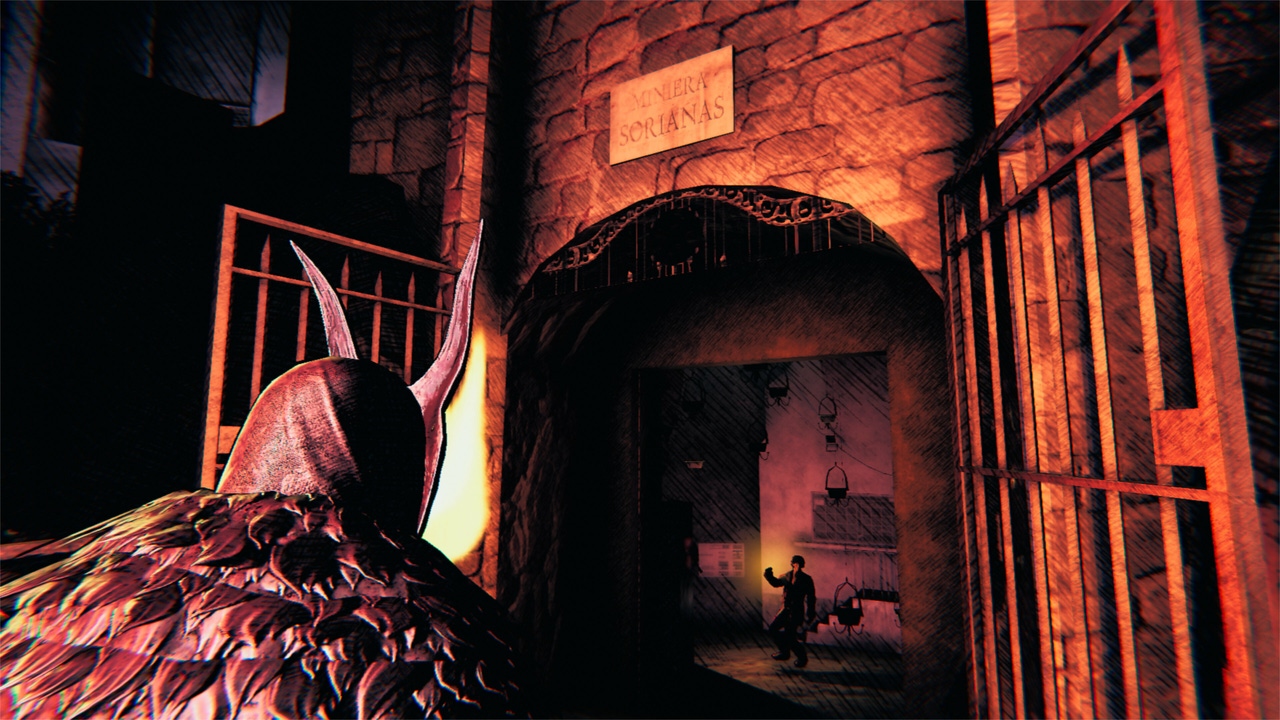Trending
Opinion: How will Project 2025 impact game developers?
The Heritage Foundation's manifesto for the possible next administration could do great harm to many, including large portions of the game development community.

Read More from GDC 2024 | Keep up with the latest game industry event coverage from GDC 2024, including news, talks, interviews, and more from the Game Developer team.
How Santa Ragione used a less is more approach to monster encounters in its indie horror title Saturnalia.

How do you weaponize fear when developing a horror game without frustrating players? Show your hand too early and they might start calling your bluff, but hold back too much and they'll begin to think you're all bite and no bark. It's a tightrope walk that requires both restraint and a deep understanding of how players will interact with the systems and mechanics whirring away under the hood.
Take Saturnalia, for instance. The indie survival horror, developed by Italian studio Santa Ragione, keeps players on their toes by asking them to evade an ancient entity as they explore the labyrinthine streets of an isolated village. To avoid making monster encounters too predictable, the studio leaned into the old adage of 'less is more' and implemented an "artificial" pacing system that would provide welcome respite at key moments.
"One thing that really worried us based on play tests is that over the hours of gameplay [the creature encounters in the village] would become too same-y," says studio director Pietro Righi Riva, speaking at GDC 2024. "So, first of all, we introduced these passive non-aggressive encounters, which means that we would direct moments where you might see the creature walking by a window when you're inside or lurking at the end of an alley. It gave the impression there was this thing walking around the village and doing something."
Those fleeting encounters are designed to stoke dread without giving too much away. Players aren't sure what, exactly, is waiting out there in the twisting dark, but they'll be absolutely certain it's not something they want to have over for lunch.
And yet, as Chekov knows best, you shouldn't tease people forever. Eventually players will have to confront their fears in a more tangible way, but that doesn't mean throwing them into a terrifying gauntlet from which there's no escape.
"We designed a number of secondary behaviors, powers, and abilities that would unlock based on player progression, to make the encounters harder the more you play," continues Riva, noting how encounters will only increase in difficulty once players have more than enough tools in their arsenal. "We also do a lot of things under the hood to manage player frustration," he adds. There's a moment, for example, that requires players to visit a school to complete an objective. The team designed a creature encounter that would only trigger when players got within a certain distance of that goal, triggering a "pressure encounter" that requires them to flee or face certain death.
"That [encounter] could be extremely frustrating, especially if it took you 10 minutes to find where the school was. So [to mitigate that] we check whether you have an open mission that takes place somewhere, and when you reach that place we create an artificial cooldown that prevents the creature from spawning. We do a lot of that. So, if you've just loaded a save state or if your character has just died, just to kind of give you artificially good pacing with the creature encounters."
That artificial pacing system combined with the terrifying unseen is a one-two punch that prevents players from ever feeling comfortable without punishing them at the worst possible moment. For Santa Ragione, that's the secret to good horror: terrify your players, but don't terrorize them.
You can find out full slate of GDC 2024 coverage, including in-depth interviews and talk write-ups, by clicking right here.
Game Developer and Game Developers Conference are sibling organizations under Informa Tech.
You May Also Like